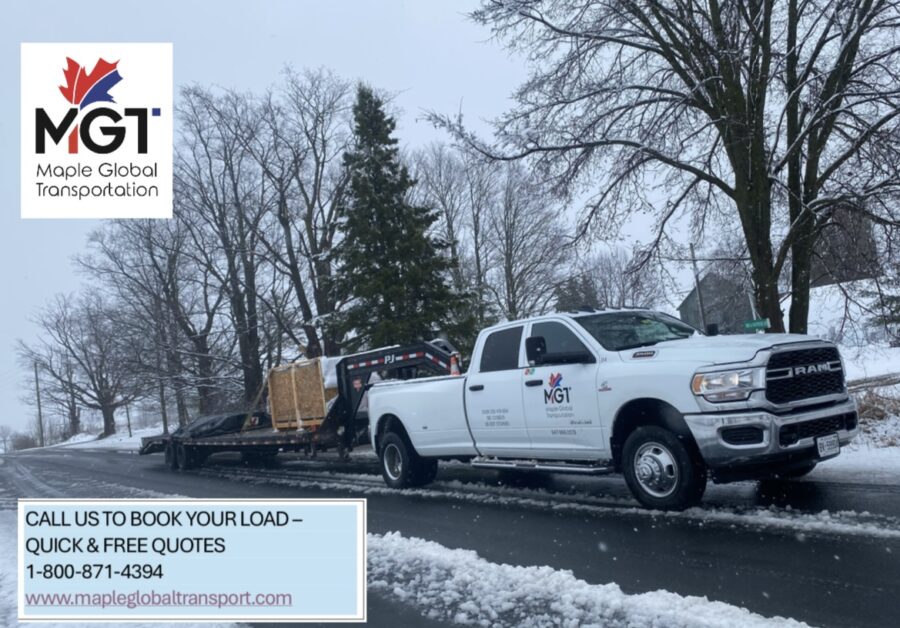Flatbed transportation plays a crucial role in the logistics and supply chain industry, particularly in Mississauga, Ontario, where businesses rely heavily on efficient freight services to transport goods across the city and throughout Canada. Whether you’re a seasoned professional in the transportation industry or a newcomer seeking insights into flatbed transportation, this guide aims to provide comprehensive information to help you navigate the intricacies of flatbed logistics effectively.
1. Understanding Flatbed Transportation
Flatbed transportation is a critical aspect of the logistics industry, especially in a bustling city like Mississauga. Flatbed transportation involves the movement of goods and materials using trucks equipped with flat, open trailers. Unlike enclosed trailers, flatbeds lack sidewalls and a roof, offering unrestricted loading and unloading capabilities. This versatility makes flatbeds ideal for transporting oversized, heavy, or irregularly shaped cargo that wouldn’t fit in traditional trailers.
In Mississauga, flatbed transportation serves a variety of industries, including construction, manufacturing, and agriculture. From delivering steel beams to construction sites to transporting machinery for industrial operations, flatbeds play a crucial role in facilitating economic activities across the city.

2. Safety and Compliance
Safety is top priority in the transportation industry and flatbed transportation requires adherence to stringent regulations and standards to ensure the secure transportation of cargo. Essential safety protocols are as follows:
a. Regulatory Framework (FMCSA, MTO, Municipal Bylaws)
b. Load Securement Techniques (chains, straps, binders)
c. Equipment Maintenance (pre-trip and post-trip inspections, routine maintenance)
3. Cargo Securement Techniques
Ensuring the safe and secure transportation of cargo is paramount in flatbed
transportation. Before loading cargo on a flatbed trailers, it’s crucial for drivers to assess the specific requirements of the shipment. Factors to consider include the size, weight, shape, and nature of the cargo. By understanding these requirements, drivers can determine the appropriate securement methods and equipment needed to safely transport the load. Techniques to use as follows:
a. Using Tie-Down Devices
b. Blocking and Bracing
c. Distributing Weight Evenly
d. Inspecting Securement Devices
e. Compliance with Regulations

4. Specialized Flatbed Transportation
Flatbed transportation extends beyond standard cargo, often involving specialized
shipments that require tailored solutions. Specialized flatbed transportation services include:
a. Oversized and Overweight Loads
b. Machinery and Equipment Transport
c. Construction Materials and Infrastructure Components
d. Challenges and Considerations
In conclusion, flatbed transportation plays a vital role in keeping Mississauga’s economy moving forward. By understanding the principles, safety protocols, and specialized aspects of flatbed transportation, businesses and logistics professionals can navigate the complexities of the industry with confidence. Whether you’re transporting construction materials, machinery, or other goods, Maple Global Transport is equipped to meet your needs efficiently and securely. Contact us today!
